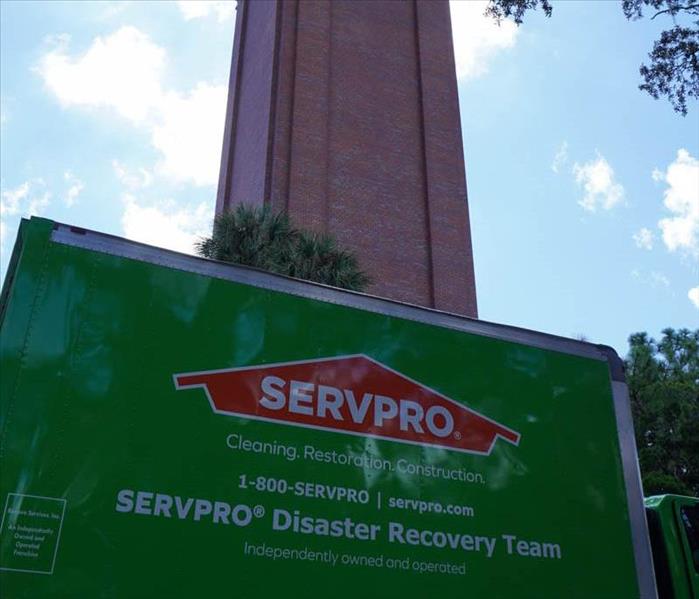Balancing Restoration and Preservation With Water-Damaged Historical Homes
10/15/2023 (Permalink)
 With careful restoration efforts, these architectural treasures can continue to tell their stories for generations to come.
With careful restoration efforts, these architectural treasures can continue to tell their stories for generations to come.
Preserving the historical integrity and authenticity of a home is typically a top priority for homeowners and preservation organizations. Stripping away original features or materials can diminish its historical and aesthetic value. While water damage can threaten the structural integrity and beauty of a historical/old home, it is possible to find a balance that allows for restoration while preserving the unique qualities that make these homes so special.
The Impact of Water Damage on Historical/Old Homes
Water damage poses several risks to historical/old homes. It can weaken the foundation, compromise the stability of walls, floors, and ceilings, and even lead to structural collapse. Restoration efforts must prioritize structural integrity to ensure the home remains safe and sound.
Water damage creates an ideal environment for mold growth and wood rot, which can further deteriorate the structure and compromise indoor air quality. Addressing mold and rot issues promptly is vital to safeguard the home's integrity and the health of its occupants.
Water damage can stain or warp woodwork, dissolve plaster, peel paint, or damage ornate detailing, resulting in a loss of historical charm and beauty. Preserving and restoring these unique features require careful attention to detail and expertise.
Strategies for Balancing Restoration with Preservation
Assessment and Documentation: Begin by assessing the extent of water damage and documenting the affected areas. Identify the historical features, original materials, and unique architectural elements that should be preserved, and make note of any irreparable damage that may require replacement.
Consult with Preservation Experts: Seek guidance from professionals with experience in preserving historical/old homes. Preservation architects, historic preservation contractors, and conservation specialists can provide expert advice on appropriate restoration techniques while ensuring the home's historical authenticity is maintained.
Selective Restoration: Prioritize restoration efforts on preserving original elements, such as antique fixtures, ornamental details, vintage molding, and decorative finishes. Whenever possible, opt for restoration techniques that repair and salvage instead of replacement.
Use Historical Materials: When replacing damaged materials, choose materials that match the historical period and character of the home. Salvaged or reclaimed materials can help maintain authenticity, while modern materials can be used discreetly in areas where historical accuracy is less critical.
Specialized Restoration Methods: Historical homes often require specialized restoration techniques that cater to their unique construction, design, and materials. Be sure to hire professionals who have experience working with historical homes and are well-versed in these specialized restoration methods.
Regular Maintenance and Prevention: Implementing regular maintenance and preventative measures, such as proper drainage and gutter systems, regular inspections, and timely repairs, can help prevent water damage and ensure the ongoing preservation of your historical/old home.
Water damage poses a significant threat to the preservation of historical/old homes, but striking a balance between restoration and preservation is vital. By taking a thoughtful and measured approach, consulting with preservation experts, prioritizing the preservation of unique features, using historical materials, and implementing regular maintenance and prevention strategies, it is possible to restore a water-damaged historical/old home while preserving its historical integrity and charm. With careful restoration efforts, these architectural treasures can continue to tell their stories for generations to come.






 24/7 Emergency Service
24/7 Emergency Service